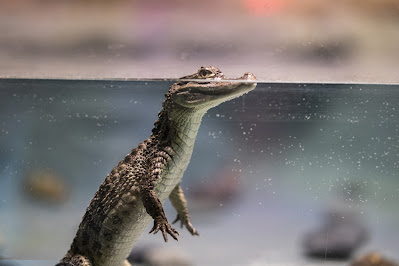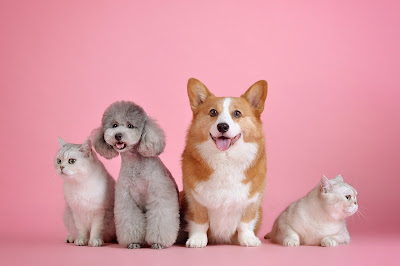 |
Thermoregulation
Definition of Thermoregulation:
The ability of an
organism to maintain its body temperature within certain specific limits
despite fluctuations in its environment is called thermoregulation.
The organisms which
keep their body temperature same as the temperature of their environment and
avoid any kind of internal thermoregulation, are known as Thermo conforming organisms. Thermoregulation is a part of homeostasis which is the maintenance of
internal body conditions despite changes in external environment. It is a state
of dynamic equilibrium of internal body conditions.
Hyperthermia:
Hyperthermia occurs when internal body temperature exceeds its normal range. Human beings can also have lethal hyperthermia when their body temperature exceeds 35ºC or 95ºF for 6 hours.
Hypothermia:
On contrary if body temperature falls below the
normal range, the condition is known as hypothermia.
When homeostatic control mechanism of heat malfunctions, it results in loss of
body heat in spite of its production. Normal body temperature of human body is
about 37ºC or 99ºF. When our body temperature decreases below 35ºC or 95ºF, it
causes hypothermia. Its common cause is exposure to cold temperatures. Its
treatment includes the common methods through which body temperature can be
increased.
Some animals also
undergo hibernation, torpor, aestivation, etc,.
To read more about it visit
Classification of animals on the basis of thermoregulation
Ectotherms:
Example of ectotherms
Thermoregulation in ectotherms
Thermoregulation mechanisms to reduce body heat
Some ectotherms increase their blood flow to
their skin to dissipate most of their energy and lower their body temperature,
this phenomenon is known as convection.
Sometimes, to lose the body heat, ectotherms
come in contact with colder surfaces like covering their selves with mud,
Staying in water like that of river, pond, or lake, or lying in cool shady
places. This phenomenon is called conduction.
Sometimes, ectotherms release their body heat by
radiating it directly out of their body, this phenomenon is called radiation.
Thermoregulation mechanisms to increase body heat
In the same way, to increase the body
temperature, ectotherms use following mechanism;
Conduction:
In
this method, they increase their body temperature by directly lying on hot
surfaces, like sun bathing.
Convection:
In this phenomenon they may climb up higher
surfaces like tree tops or high above on the mountains to get direct heat
energy from the sun. Some organism may also enter hot water and air currents
while some build insulating nests. All these methods help to increase their
body temperature externally.
Insulation:
In this method, the organisms alter their
surface to volume ratio by inflating their body to get more heat.
Radiation:
In this method, ectotherms get heat energy directly from the radiations. They lie in the sun, enfold their body to reduce exposure to prevent loss of body heat, and conceal or expose their wing surfaces according to their need.











If you have any doubt, let me know.